MXB-FB090 Bronze Coiled Bearing With good Wear Resistance
Cat:Oilless Bearing
FB090 bronze bearings are made of tin bronze alloy CuSn8. The surface can be rolled with diamond or hemispherical oil holes and oil grooves according ...
See DetailsThe load-bearing capacity of carbon graphite bushings is influenced by several key factors:
Material Composition:The specific formulation of the carbon graphite material, including the types and proportions of graphite and any additives, affects its mechanical properties, such as strength and wear resistance.
Density:Higher density carbon graphite bushings typically exhibit better load-bearing capacity. The density influences the material's ability to withstand compressive forces without deforming.
Geometry and Design:The design and shape of the bushing, including its wall thickness, diameter, and length, play a crucial role in its load capacity. Thicker walls can better distribute loads and resist deformation.
Surface Finish:The surface finish of the bushing can impact its performance under load. A smoother finish can reduce friction and wear, while a rough finish may lead to higher stress concentrations.
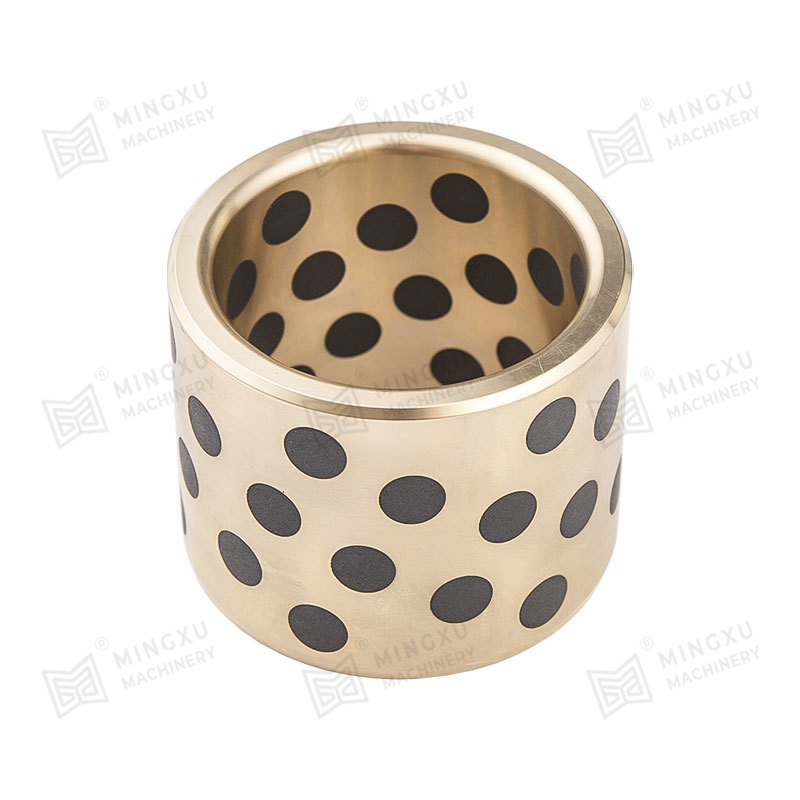
Operating Conditions:Factors such as temperature, humidity, and the presence of lubricants can affect the load-bearing capacity. Elevated temperatures can reduce the material's strength, while adequate lubrication can help maintain performance.
Load Type:The nature of the load (static vs. dynamic) matters. Dynamic loads can induce additional stresses that may reduce the effective load-bearing capacity of the bushing.
Environmental Factors:Exposure to chemicals, moisture, or extreme temperatures can weaken the material over time, impacting its load capacity. Protective measures or coatings may be necessary for harsh environments.
Installation Quality:Proper installation is essential. Misalignment or improper fit can lead to uneven load distribution, increasing the risk of failure under load.
Wear Resistance:The wear characteristics of the carbon graphite material determine how well it can maintain its load-bearing capacity over time. Higher wear resistance translates to a longer effective lifespan under load.
Preload Conditions:If the bushing is subjected to preload (initial compression), this can influence its load-bearing capacity. Proper preload management is essential to avoid premature failure.

FB090 bronze bearings are made of tin bronze alloy CuSn8. The surface can be rolled with diamond or hemispherical oil holes and oil grooves according ...
See Details
MXB-JOML self-lubricating wear plates are designed to minimize friction and extend service life in industrial applications. The product is made from a...
See Details
MXB-JTLP self-lubricating wear-resistant plate can provide standard products ranging from width from 18mm to 68mm and length from 100mm to 220mm. It c...
See Details
MXB-JGLX self-lubricating guide rails cover multiple properties such as high wear resistance, high temperature resistance, corrosion resistance, etc.,...
See Details
Circular guides are frequently used in automobile panel molds and large stamping molds. The mold base and unloading plate guides usually use self-lubr...
See Details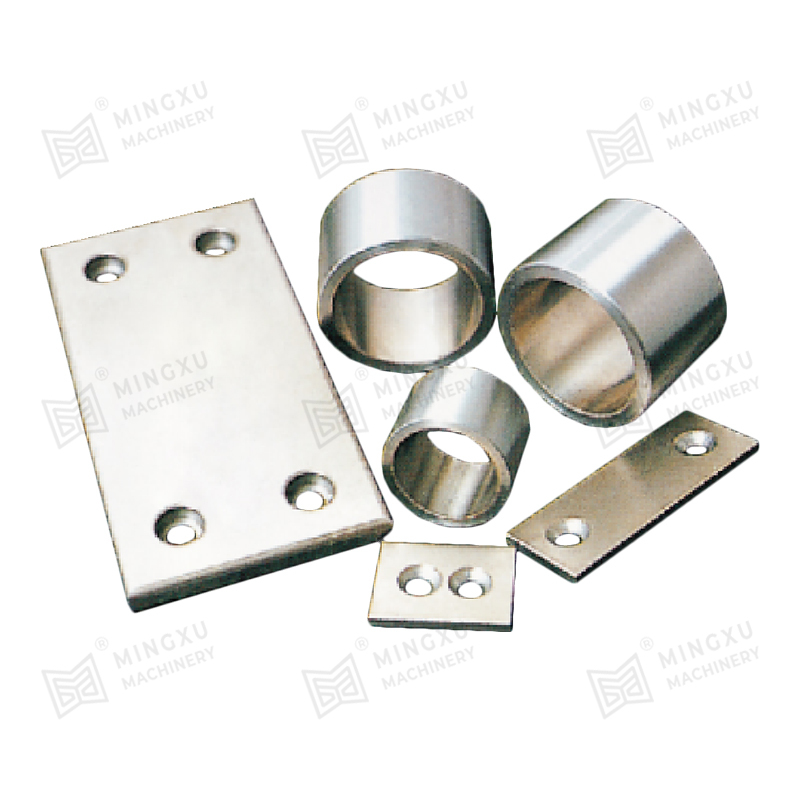
MX2000-2 nickel graphite dispersed alloy bearing is a new product among solid lubricating bearings. Compared with TF-1, this product has the character...
See Details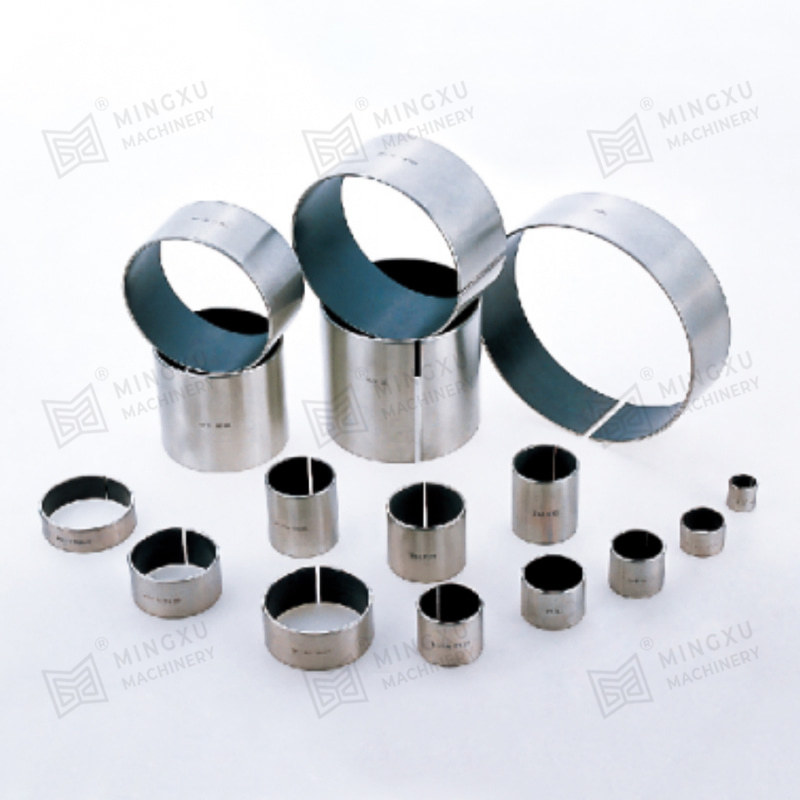
SF-1W lead-free bearing is a new product developed based on SF-1X material according to international environmental protection requirements. In additi...
See Details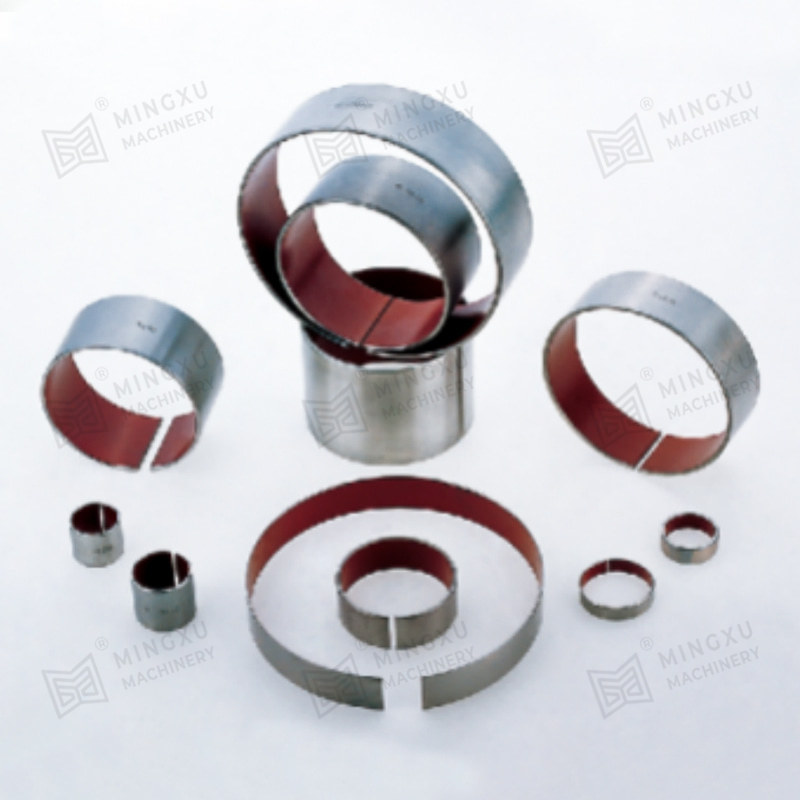
SF-1S stainless steel corrosion-resistant bearing is a very effective corrosion-resistant material that is formed by rolling with stainless steel as t...
See Details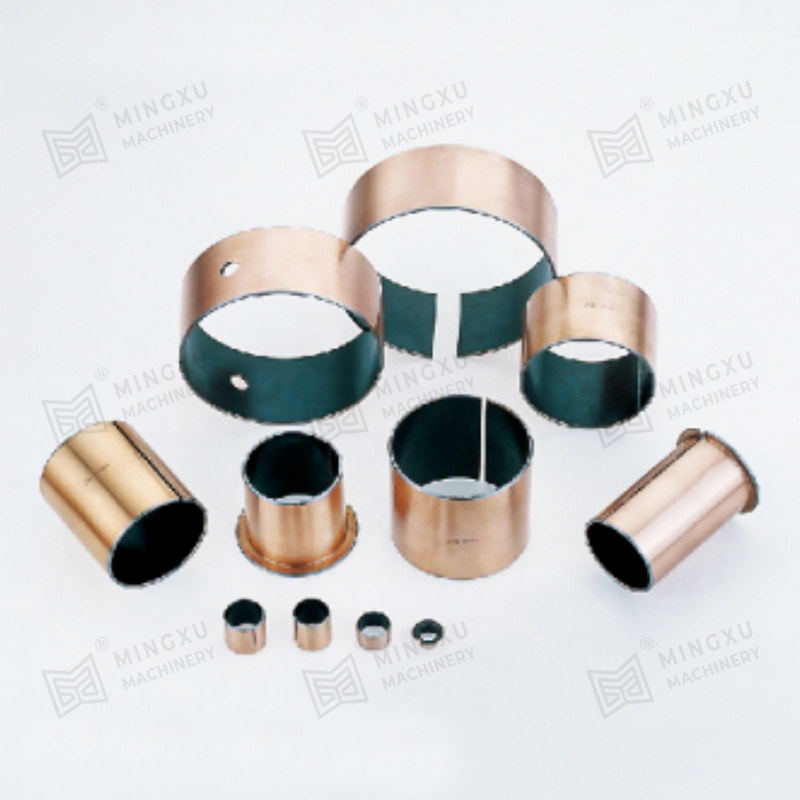
SF-1T is a special formula product designed for high PV value working conditions of gear oil pump. The product has special advantages of fatigue resis...
See Details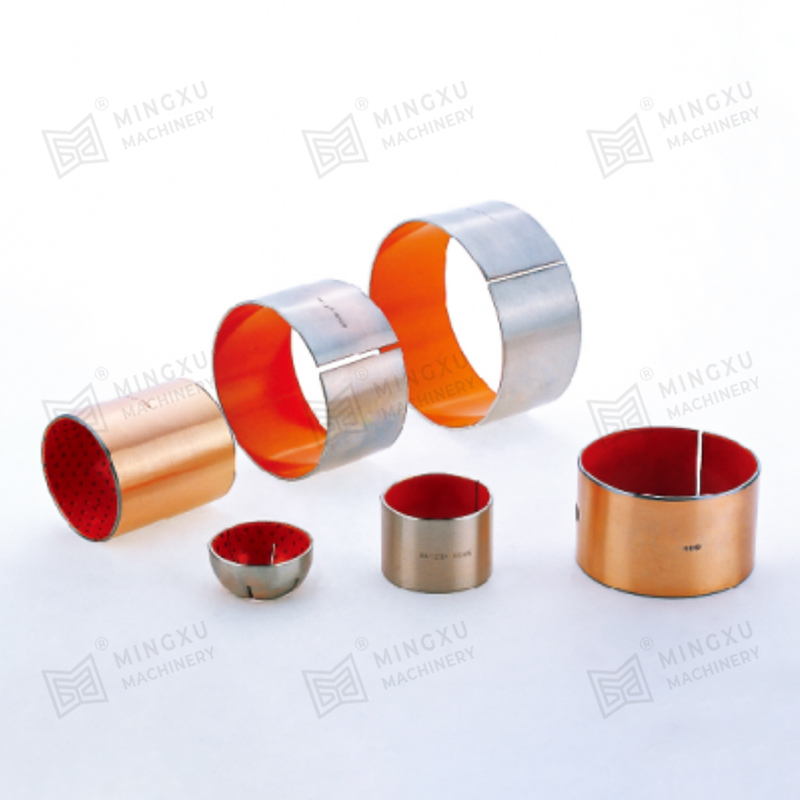
The SF-2S oil-free bearing, as an upgrade to the SF-2 series, stands out with its unique design concept and excellent performance. It features a solid...
See Details
Contact Us